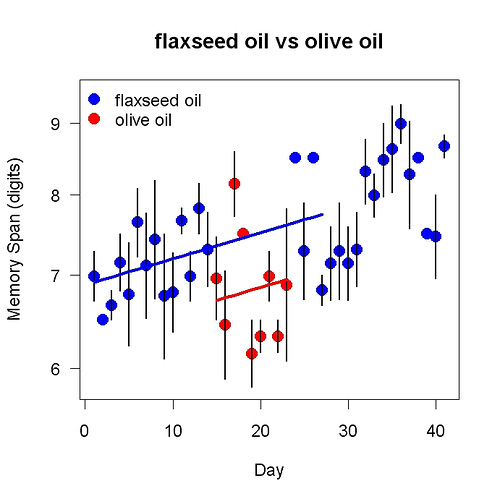At the Shangri-La Diet forums, several people are trying a new way to lose weight: Drinking a flavored calorie-free drink between and with meals. The first few weeks of experience suggest it works at least short-term. Here’s what Jenn does:
I am drinking about 1 1/2 to 2 litres of splenda sweetened kool-aid or iced tea/juice mix in water. You know those little packets that you add to a 2 cup water bottle. I have them with meals and then sip on them all day in-between. Sometimes I actually drink the whole bottle in a 1/2 hour (cause it tastes so good). I also add some olives and an occasional pickle to some of my meals and then if I want a little snack, I have a few of them between meals. This seems to really work too. . . . I never had that kind of AS [appetite suppression] or success with oils or SW.
Jenn has lost 6 pounds in a few weeks.
Why might this work (assuming my theory of weight control is true)? Flavor signals must linger in the brain because it takes several minutes (15 or more?) to get a some idea of how many calories a food contains. To forget the flavor in a few seconds wouldn’t work. If you eat a piece of ham and follow it with a sip of raspberry lemonade, the lemonade may reduce (erase) the memory of the ham flavor. This should have two effects: (a) reduce how much the ham flavor raises your set point and (b) reduce how much the ham flavor is associated with calories. You can think of the lemonade soaking up the associative energy that the ham calories produce. If the lemonade is also drunk (a lot) between meals, any lemonade-calorie association will disappear.
The interesting prediction: To get the effect, you must drink the calorie-free flavored drink with meals and between meals.







